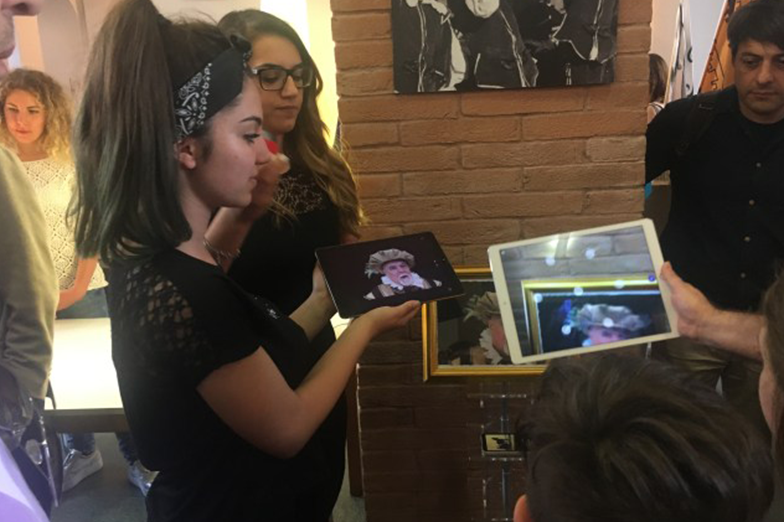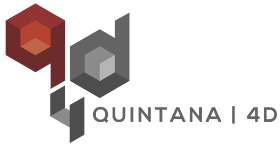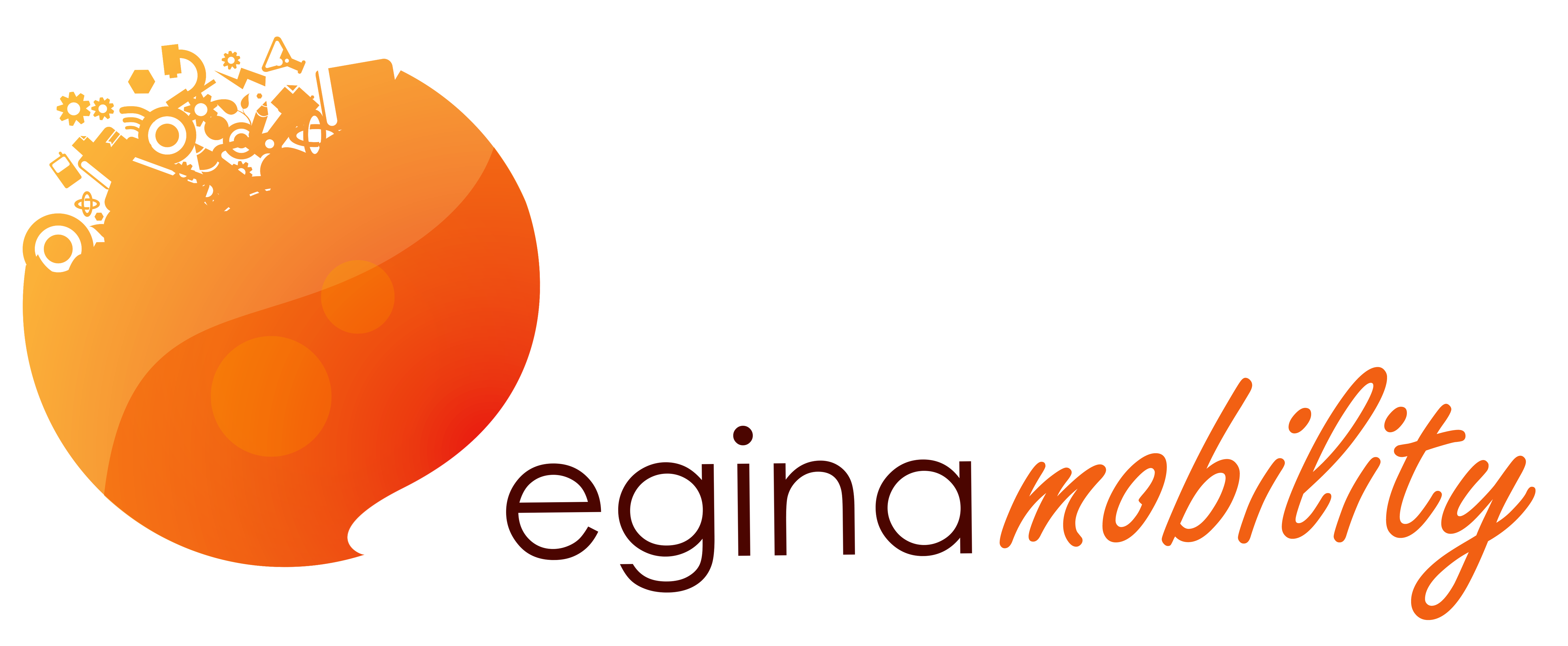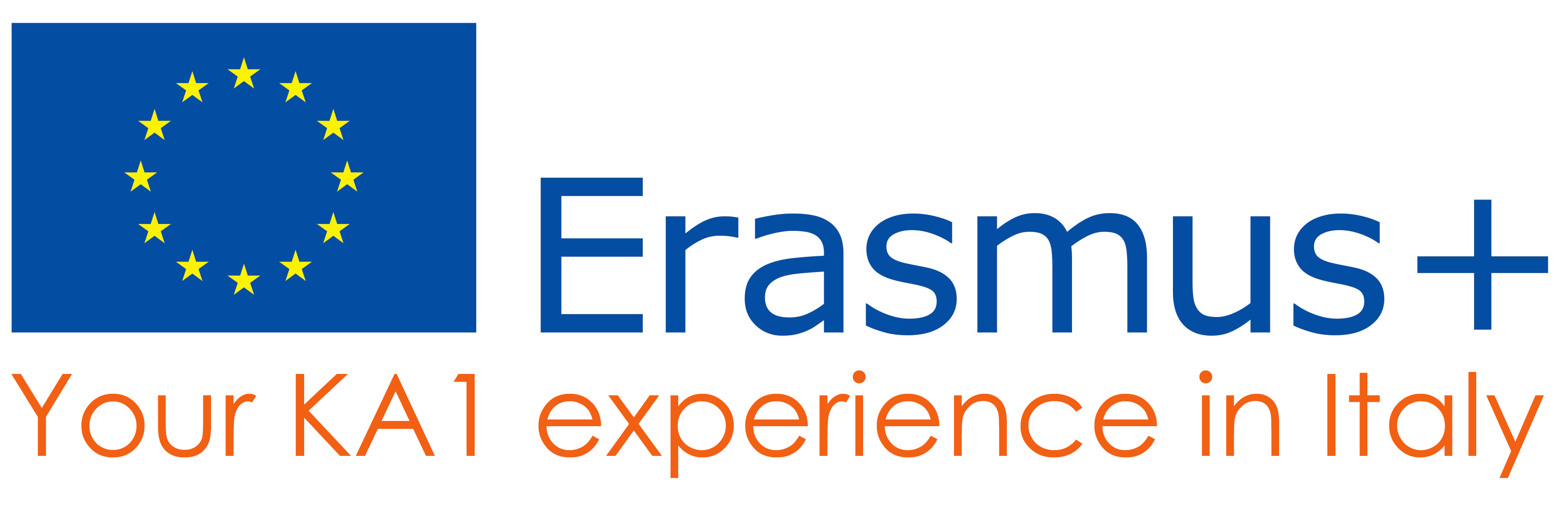METHODOLOGY
The course is open to all those interested at improving the learning experience in culture, art or landscape architecture for young or adult students using augmented and virtual reality technologies.
This course provides knowledge of the theoretical background, operating methods and cutting-edge design tools for development of digitally-enhanced art events and tangible or intangible cultural heritage experiences.
The course consists of two face-to-face training modules:
- A basic introduction to key concepts, tested models and effective digital tools to improve learning experience in culture and art.
- A project-based hands-on advanced workshop, focused on developing a city-wide augmented-reality-powered cultural heritage experience.
LEARNING OUTCOMES
Participants will work together to co-design, co-create and stage museatrical (museum+theatrical) representations of local heritage and traditions.
They will develop theoretical and practical competences in enhancement of tangible and intangible cultural heritage through:
- A clear understanding of key concepts regarding spatial computing with special attention to augmented and virtual reality;
- Examples of tested delivery models like museater, digital monument and digital ghosts;
- Drama-based digital storytelling techniques;
- Staging of augmented-reality experiences;
- Basic video and image editing techniques for augmented reality;
- Creation and exploitation of open data;
- Open licensing;
- Web-marketing.
PROGRAMME
All our courses are offered in a basic (6 days – 20 hours) or advanced edition (12 days – 40 hours).
BASIC COURSE
DAY 1
Welcome, getting to know each other, meeting with the members and users of the hosting organization, introduction to tangible and intangible cultural heritage.
DAY 2
Introduction to technologies, platform and tools for digital cultural heritage edutainment experiences: augmented reality, virtual reality, holograms.
DAY 3
Engaging community and target groups: Museater and Digital Monuments.
DAY 4
Spatial computing techniques for hidden cultural treasures discovery in urban settings or country-side trails.
DAY 5
Project management, the theory of change in cultural initiatives.
DAY 6
ADVANCED COURSE
DAY 7
Free (departure of participants attending the basic course).
DAY 8
Project work: development of a story in augmented reality for the hosting organization. Step 1: design. Co-creating synopsis, characters and plot.
DAY 9
Project work: development of a story in augmented reality for the hosting organization. Step 2: digital staging. Development of an augmented reality experience working prototype.
DAY 10
Project work: development of a story in augmented reality for the hosting organization. Step 3: attracting visitors. Emotional, value and cultural journalism.
DAY 11
Project work: development of a story in augmented reality for the hosting organization. Step 4: getting funds from the European Union. Presentation of financing programmes and case studies for preservation and development of cultural heritage in the digital age.
Firewall party.
DAY 12

Next editions
[ecs-list-events cat=’ar_vr_cultural’ date-thumb=’true’ contentorder=’date_thumb, title’]
Venue
Resources

Here below you can download all the additional and support resources developed with the QUINTANA 4D project:
For more information and translated version of these resources visit http://www.quintana4d.it/



